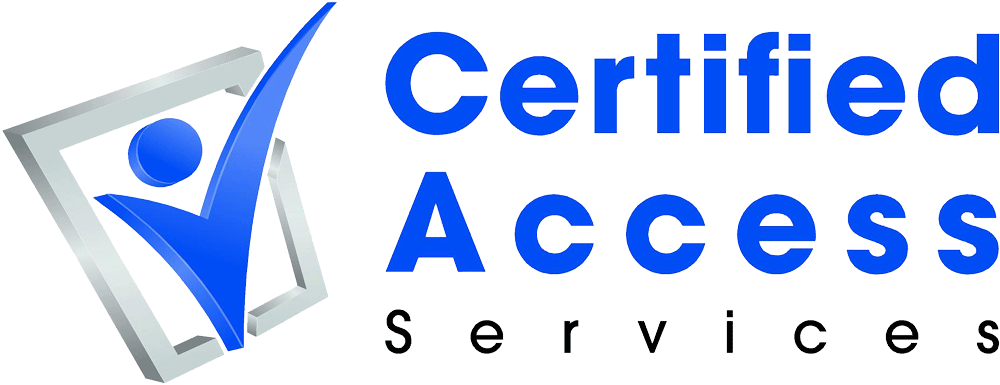Tax Credits for ADA improvements
/$5,000 Tax Credit
Did you know that the federal government offers a tax credit of up to $5,000 per year for access improvements?
Under section 44 of the Internal Revenue Code, small businesses can receive a tax credit equal to 50% of the cost to improve access up to $10,250 per year (There is no credit for the 1st $250 of expenditures). Meaning if you spent $10,250 to improve accessible parking for instance, you can collect a $5,000 credit at the end of the year. If you only spent $2,250, you would be eligible for a $1,000 credit.
$15,000 Tax Deduction
Under section 190 of the Internal Revenue Code, businesses of any size can receive a tax deduction up to $15,000 per year to improve access
Tax Incentives in Combination
Small businesses can take advantage of the tax credit and tax deduction in combination.
EXAMPLE: A small business’ use of both tax credit and tax deduction
$20,000 Cost of access improvements (Restroom Fixture Replacement, Ramp Construction)
– $5,000 Maximum credit
$15,000 Remaining for deduction
When creating a barrier removal plan, we recommend consulting with your CPA about how to maximize the tax incentives offered for ADA compliance. If access improvements will incur a high cost at your facility, you may want to consider making incremental improvements over time so that you can benefit from the tax incentives over a number of years.
Click here for more information or call Certified Access Services at 619-736-8585.

